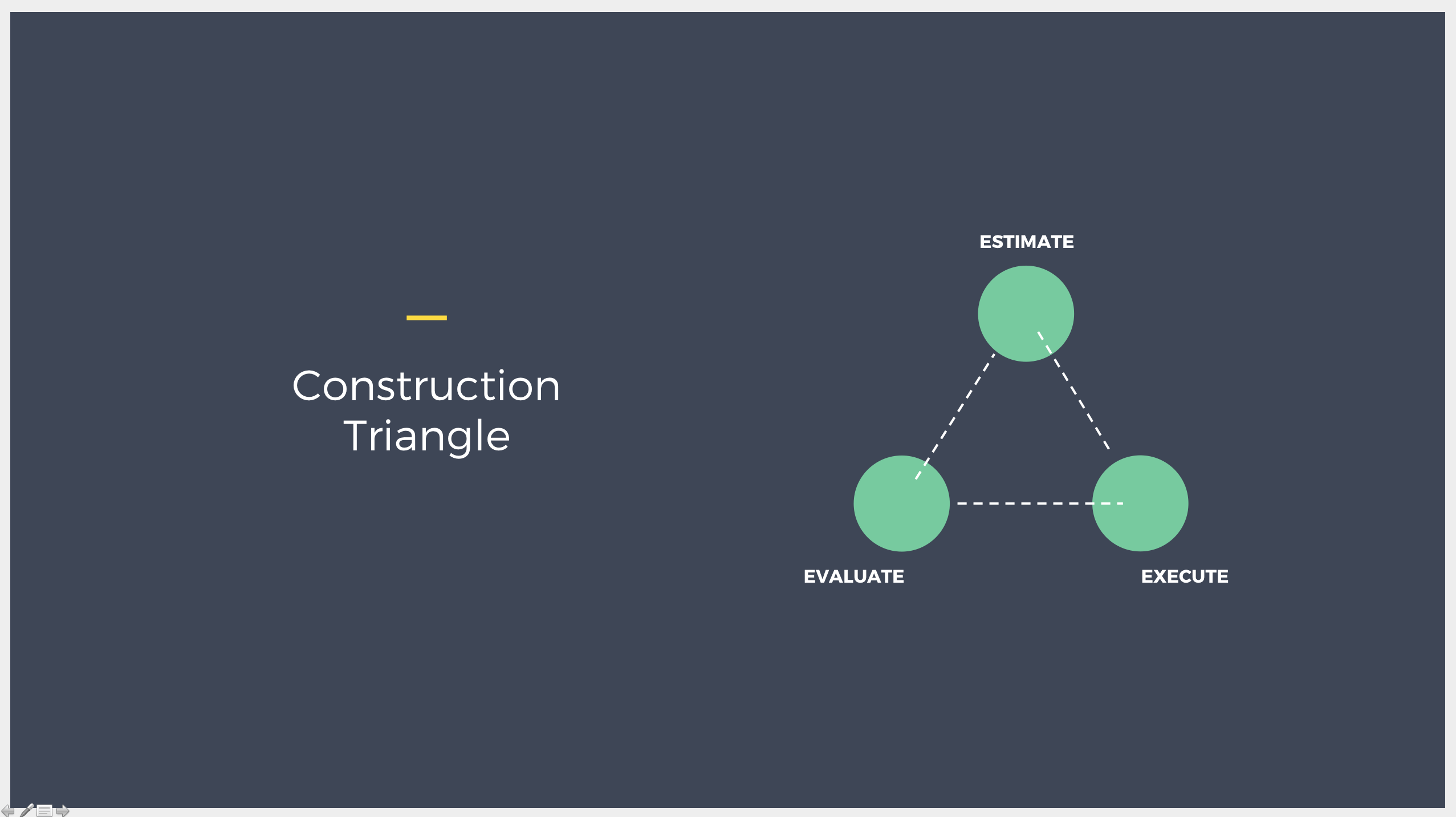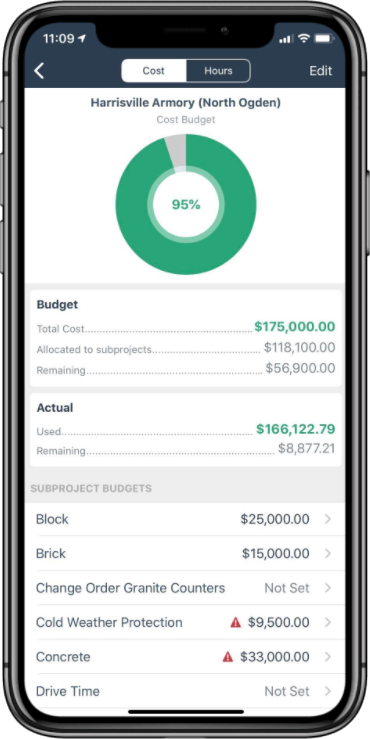
Construction profits depend on controlling costs to stay within budget estimates while executing job requirements. Project by project, profitability, and productivity is a constant focus for company owners, general managers, controllers, project managers, and supervisors in an effort to get maximum return on resources used in completing the job.
Hidden costs in construction can undermine the efforts to increase productivity and profitability. These costs can quickly add up to simple, everyday actions that everyone takes for granted and accepts as normal.
3 Steps for construction profit:
Estimate, Execute, Evaluate
Many different phases of the construction project cycle can have hidden inefficiencies that siphon off value and resources that should be flowing to the bottom line. Here’s how you can spot these problem areas and take action to prevent unnecessary losses and protect your construction profits.
Project profitability starts with developing accurate estimates
The challenge is to allocate labor and equipment assets to deliver on project specifications in a way that produces competitive bids and provides the necessary markups for profit margins. There are many methods of tracking the values of job activities and processes. Software programs and accounting practices can help to focus on the important details.
The problem of hidden costs in construction results in bids and estimates coming from inaccurate or incomplete data. This results in bids that understate or overstate the labor and equipment time required for specific tasks in the project cycle. This leads to lost bid competitions, or to winning bids that cannot be profitably completed.

The key to improving estimate accuracy is to follow a system of job costing that tracks and records the details of each task from job to job, including any changes resulting from unusual conditions. Consistent results in a specific task produce a set of data that will give reliable costs for that particular task.
In addition to improving the quality of estimates, reliable data sets based on activity-based costing allow a company to establish benchmarks for performance. These benchmarks can serve to highlight areas that require targeted training and incentives around improved productivity or investments in equipment and technology to perform at the required level.
On the other hand, those same benchmarks can reveal profit-center activities where margins are consistently strong. This can lead to growth and expansion opportunities to capitalize on team strengths and expertise. It can also encourage a culture of excellence based on a clear understanding of what successful activity-based comparisons look like.
Project execution builds on the construction plan in the estimate
As the job unfolds in the field, and employee hours and equipment time onsite adds up, the gap between profit and loss is gradually revealed. As you undoubtedly already know, the time surplus resources remain onsite slowly (and sometimes not-so-slowly) erodes away the profit margins.
That’s why a business that operates without a thorough system of job-costing measurement and recording will continue losing money on future jobs. These losses may not be traceable to specific activities or any other cause.
That makes it nearly impossible to take steps to improve the situation going forward, which means those losses are almost certain to continue to occur. Also, the negative results coming out of the project assessment will affect the job-costing factors that play a role in pricing the next job.
The solution to this problem starts with the consistency of supervision in the field, and in the development of a culture of open communication that values information tracking and reporting. The ability to react in real-time and allocate resources where and when needed is key to cutting losses and maximizing profits, and this depends on knowing the status of every job, every day.
Evaluation of data from finished projects shows the path to future profits
The value of complete and accurate data is leveraged in the process of evaluating where the profits, and any losses, are coming from. In order to eliminate ‘gut feel’ and guesswork from the evaluation process, reliable data must be available.
The most useful information will contain details on a task-by-task basis, in order to permit activity-based costing. This will show the parts of the job execution where the crew was able to meet or beat the estimated time to completion. It will also show where the work took longer than estimated, increasing costs. If the data collection system is sufficiently thorough, it will also show the reasons why the estimate and the execution did not match.

Based on the analysis that can be done using a complete data set of activity-based costing factors, changes can be made where necessary to improve future estimates and project plans. Losses that are exposed to accurate information can be eliminated. Losses that remain hidden behind long-established practice (i.e., “that’s how we’ve always done it”) will persist until the root cause is uncovered and removed.
Use data and technology to protect construction profits
The need for real-time jobsite information and ongoing data analytics is increasingly obvious in the technology-driven evolution of modern construction. To compete in this competitive arena of tight margins and complex building processes, construction managers and crews have to be in constant awareness of the status of the overall project. They also have to be aware of the standards of performance required to maintain profitability, and the company needs to provide the training and incentives required to maintain those levels of skill and expertise.

Technology solutions are available to help manage every phase of the construction project cycle. From tracking the time and job activities of employees and equipment in the field to tracking the latest set of updated blueprints across the entire group of project stakeholders, companies that have adapted to this environment are gaining a competitive edge.
Uncovering the hidden costs and losses caused by inefficient ‘standard’ practices is the first step in turning losses into profits, and problems into opportunities.











